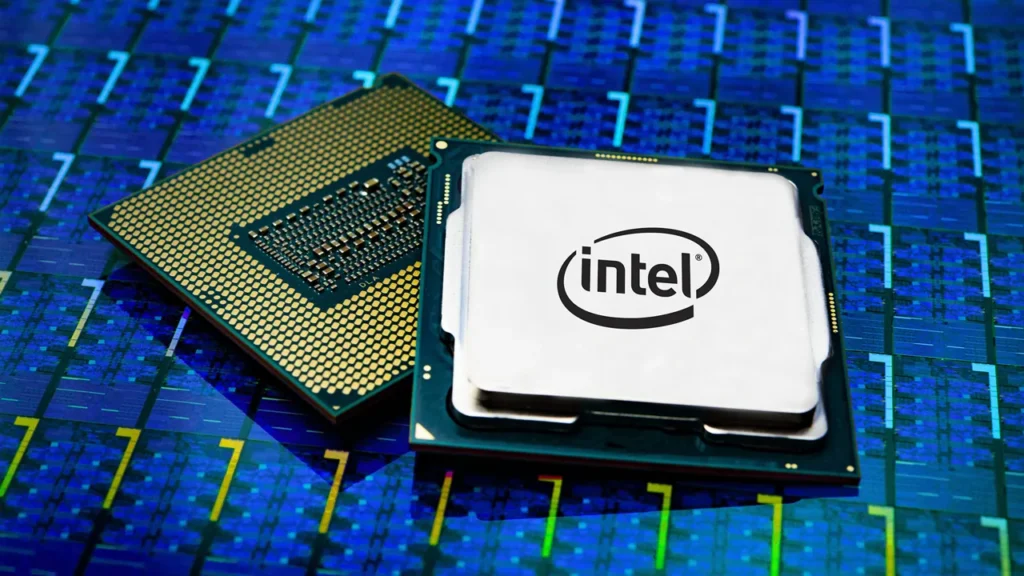
New Intel Code Names Leak—Bartlett Lake, Wildcat Lake, and 12-Performance-Core SKU Surface in Roadmap Presentation
Intel’s future roadmap has expanded with several unannounced CPU code names revealed in a now-removed public slide presentation, highlighting the company’s growing diversification in response to AMD’s high-performance push and Qualcomm’s power-efficient SoCs. Among the new disclosures are Bartlett Lake, Bartlett Lake S 12P, and Wildcat Lake, each referenced in a presentation focused on Time Coordinated Computing (TCC), Intel’s real-time platform framework. The slide surfaced in a now-removed “gold deck” but remains notable due to its inclusion of upcoming CPUs not previously confirmed by Intel.
The document, which was briefly hosted on Intel’s public developer site, was removed after enthusiast @InstLatX64 flagged the details on social media (via VideoCardz). While a March 2025 version of the document is still live, it omits the roadmap insights found in the newer version, making the original leak especially valuable. The slide in question lists several CPU platforms under development that support TCC, including Panther Lake and Nova Lake, which Intel has previously announced as its mainline successors for 2025 and 2026. But the inclusion of Bartlett Lake-S, a new 12P-core Bartlett Lake variant, and Wildcat Lake caught attention due to their unannounced status.
Bartlett Lake appears to be positioned as a more specialized or embedded-focused successor to Raptor Lake, rather than a flagship mainstream desktop chip. A recent Intel product brief on Bartlett Lake-S confirms this line will offer up to 24 cores and 32 threads in a Core 7 configuration (8P+16E), support DDR5-5600, PCIe 5.0, and include Xe-LP graphics with up to 32 EUs. These chips are paired with Intel’s 600-series chipsets and are officially branded under the 14th-gen Core family, but they’re notably absent from any retail desktop CPU marketing, instead targeted at edge computing, healthcare, and industrial deployments.
What the slide adds is confirmation of a 12-core variant made up entirely of performance cores (12P)—a design Intel hasn’t highlighted before. This configuration immediately raises questions about whether Intel might be preparing a specialized chip to take on AMD’s X3D chips or carve out a niche in high-performance low-latency computing. A 12P-core-only design would sacrifice efficiency but could yield benefits in applications where single-threaded and deterministic performance is paramount.
Meanwhile, Wildcat Lake remains something of a mystery, but rumors and previous leaks suggest it could be intended for thin-and-light laptops or tablets. It may leverage Intel’s advanced 18A process, positioning it for ultra-efficient computing scenarios, though Intel hasn’t confirmed anything publicly. If true, it may serve as a direct counter to Qualcomm’s Snapdragon X series, which focuses on battery life and integration.
While none of these chips have been formally announced for retail PCs, Intel’s strategy appears to be spreading across both ends of the computing spectrum—designing chips for industrial reliability and determinism, as well as lightweight, power-efficient devices to fend off ARM-based competitors. Whether we’ll see Bartlett Lake or Wildcat Lake in consumer products remains to be seen, but the existence of a high-performance 12P chip signals Intel’s growing interest in highly specialized silicon amid intensifying competition.




